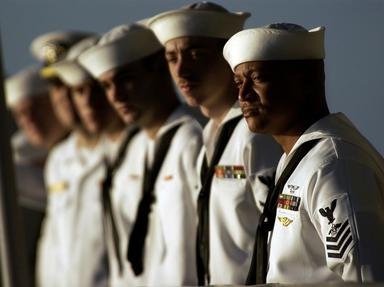Answer: Frank J. Fletcher
USS Yorktown was the first of a new class of aircraft carrier designed as a result of the experience gained by the US Navy in using the four carriers that came before. Commissioned in September 1937, Yorktown was initially stationed in the Atlantic, also spending time in the Caribbean, before transiting to San Diego in April 1939, remaining attached to the Pacific Fleet until early 1941. At that time, German U-Boats were operating with increasing success against shipping intended to reinforce the United Kingdom, and so the US Navy, in an effort to improve the strength of the Atlantic Fleet, transferred Yorktown, three battleships, three cruisers and twelve destroyers, back to the Atlantic coast.
By December 1941, Yorktown had conducted a number of successful "Neutrality Patrols" to ensure the safety of merchant shipping in American waters. However, the attack on Pearl Harbor decimated the Pacific Fleet's battleships, with all but one sunk or badly damaged, leaving just the three aircraft carriers to carry the US response to the Japanese. As a result, to reinforce the Pacific, Yorktown was despatched back to Hawaii. Stopping off in San Diego en route, Yorktown collected Rear Admiral Frank Fletcher, at that time commander of the Pacific Fleet's cruisers. Raising his flag in Yorktown, he became the commanding officer of the newly constituted Task Force 17, one of a number of new task groups, each formed around an aircraft carrier, intended to begin the naval battle with Japan.
 There are 344 questions on this topic. Last updated Nov 29 2025.
There are 344 questions on this topic. Last updated Nov 29 2025.
 Quick Question
Quick Question